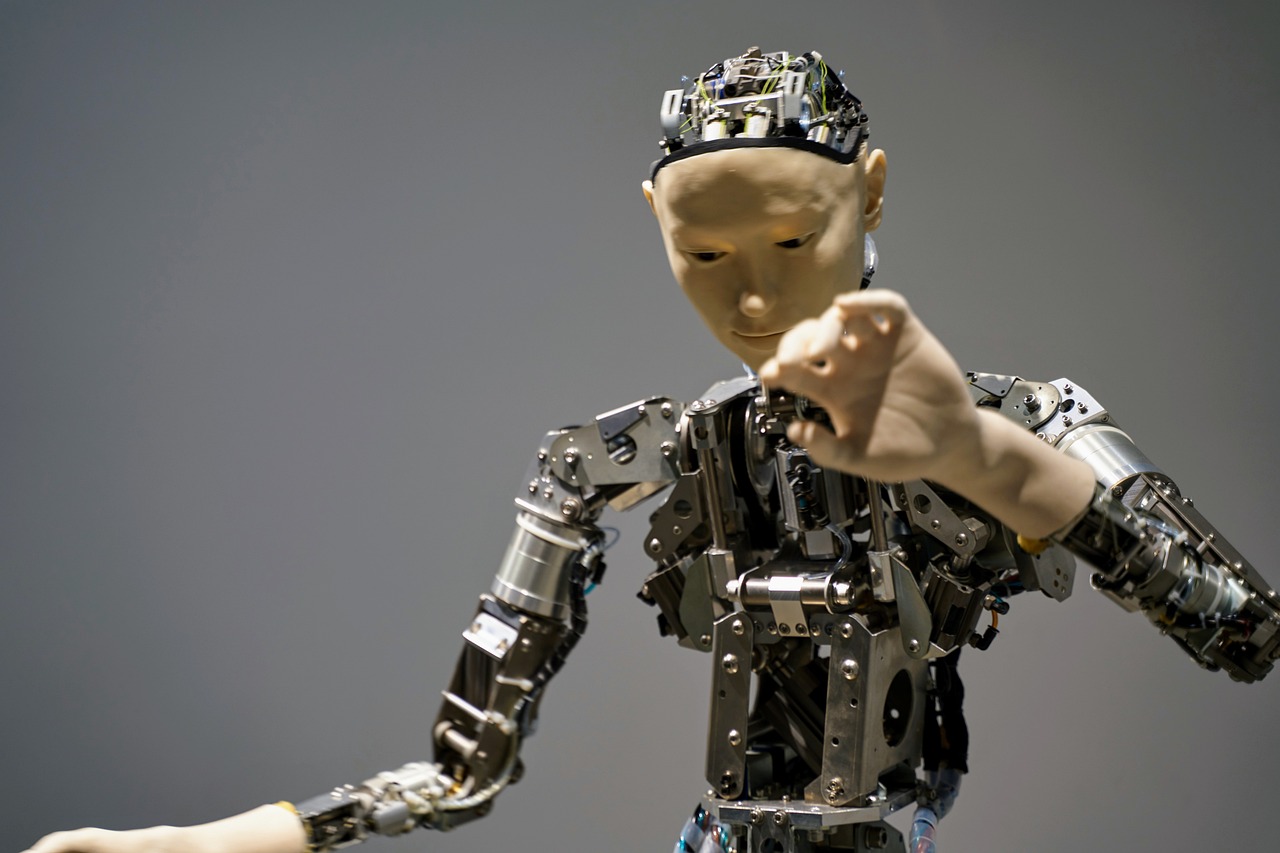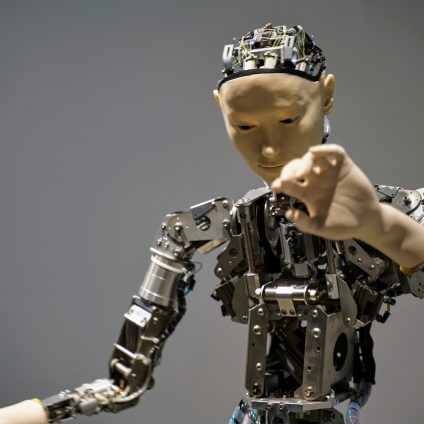As robots approach the end of their life cycle, they will inevitably become electronic waste. However, a recent study emphasizes the importance of considering reuse during the design process, rather than focusing solely on disposal.

A time will come when robotic systems are commonplace. Like simpler electronic and electromechanical devices, such as automobiles, robots also have a life cycle. For this reason, researchers from the University of Bristol and the University of the West of England believe that the robotics industry must now focus on how these robotic products will be disposed of once they no longer serve their initial purpose. Instead of discarding them, robots should be repurposed and reused for other tasks.
Reusing Robots: Better Than Recycling Them
This thought-provoking idea comes from a study published in Towards Autonomous Robotic Systems, aimed at sparking discussions within the robotics industry and research community. Approximately 80% of the environmental impact a robot will have once it no longer functions effectively is determined during its design phase. This makes it crucial for the robotics industry to consider options for repurposing these systems rather than disassembling them and recycling their components.
In fact, reuse is a hallmark of robots, as their outdated systems can be integrated with new hardware parts and optimized via software updates. This approach could lead to a second or even third use after the initial application becomes obsolete. Helen McGloin from the Faculty of Science and Engineering at Bristol explains: “We are all aware of the growing amounts of electronic waste generated worldwide. This research highlights the increase in e-waste levels and the dangers it poses to both the planet and people.”
E-Waste: 75 Million Tons by 2030
According to the Global E-Waste Monitor report by the UN, 54 million tons of e-waste were produced globally in 2019, and this number is expected to rise to 75 million tons by 2030. Currently, robotic waste is not classified as e-waste, but it is likely to be included in the future. Many companies, research centers, and universities store their unused robotic electronic waste for a period, but the growing production of robots will soon present a new dilemma.
“E-waste levels increase every year globally, and the introduction of new robotic products into homes, schools, and workplaces will only exacerbate this problem in the near future. While recycling may seem like an easy option to tackle e-waste, it is often poorly managed, which is why alternatives need to be explored,” McGloin further explains.
How to Reuse Robots at the End of Their Life Cycle
According to the study, several factors must be carefully considered to ensure that robots themselves become useful products in the circular economy. The following areas are highlighted for further exploration:
- Economic and Environmental Feasibility Evaluation
- Demonstrating the Technical Feasibility of Robot Reuse
- Incentives for Circular Economy Practices in Robotics
- Specific Legislation for Robotic Waste
- Consumer Attitudes Toward “Second-Hand” Robots
- Right to Repair












